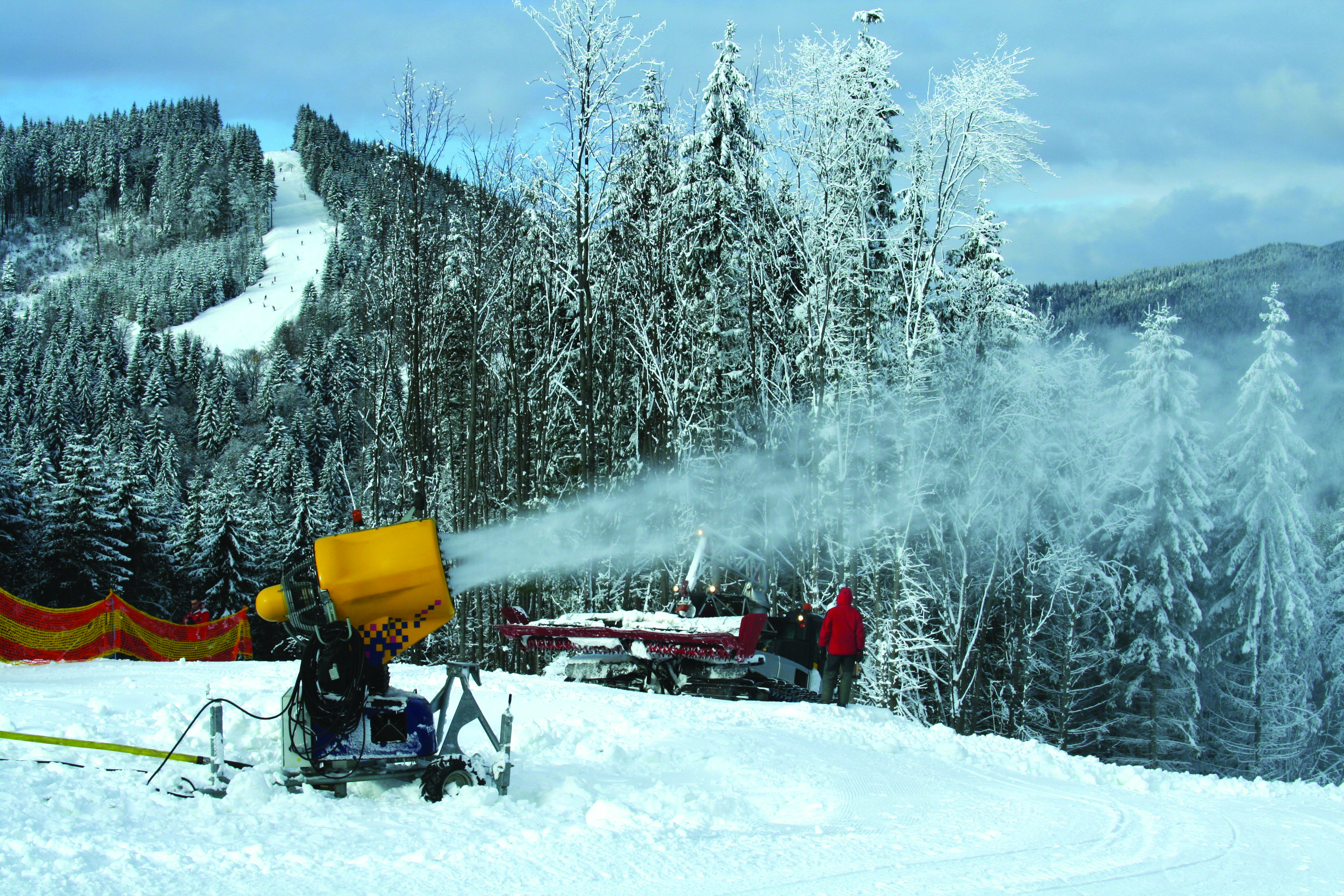By Blake Kolquist on Nov 28, 2017 8:54:48 AM
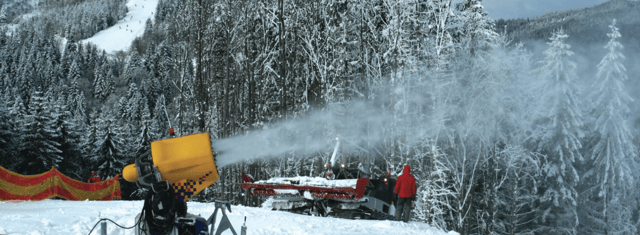
It was the worst thing that could happen. At the height of the early snowmaking season, an essential vertical turbine pump went out. Without a steady supply of water, multiple snowmaking cannons sat idle.
Idle pumps meant no snowmaking. No snowmaking meant pushing back the opening date of the season and losing significant revenue.
When the worst-case scenario happened, the customer called GPM.
A Crash Course in Artificial Snowmaking
Creating artificial snow has become an important element of the modern ski resort. Warmer fall temperatures and a decrease in natural snowfall, have led to increased snowmaking in the past decade. In many cases, snowmaking is no longer an added bonus. It’s a necessity.
Nothing beats fresh powder, but a strong base of artificial snow means resorts can open the season sooner, and stay open long after the snow typically melts in spring.
Snowmaking is an art and takes a combination of specialized equipment and the right environmental conditions to drive the best results.
At a high level, creating snow involves:
- A reliable source of water
Water is critical to creating snow. Most modern ski resorts leverage water sources like rivers or reservoirs. - A piping system to transport water, chemical agents and compressed air
The water, chemical agents and compressed air need to be transported to various ski runs. This is accomplished by a network of pipes that lead to specific areas where snow is most needed. - A high-pressure pump system
Without a high-quality, high-pressure system to pump water all across the ski hill, snowmaking wouldn’t be possible. Water is often pumped uphill and across long distances, so a reliable pump is an essential piece of equipment for snowmaking.
When water, chemical agents and compressed air are sprayed over a run, they combine to create a mist that is quickly transformed into snowflakes when it meets the cold air. The snow falls to the run below, creating a blanket of fresh snow.
When the Worst Happened
Every ski resort’s worst nightmare is the inability to create snow. Relying on Mother Nature alone could mean pushing the season opener back. Delayed opening translates to lost revenue and significant risk for the business. The advent of snow cannons in the 1950s stabilized the ski industry for owners and customers alike. The reliability of artificial snow led to longer ski seasons, a stable snow pack and vastly improved ski conditions.
When the vertical turbine pump supplying water to snowmaking cannons fails, the entire snowmaking operation in that area of the hill comes to a stop.
When the worst happened, the customer called GPM.
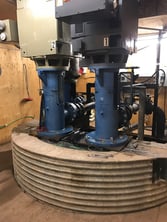
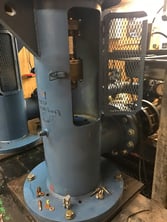
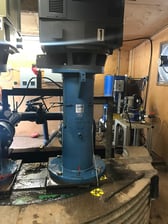
Download the case study to discover the GPM solution.

